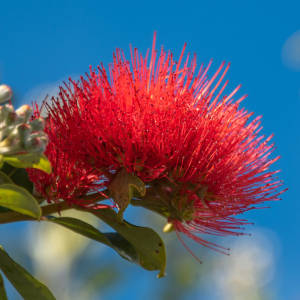Feijoa Time
Today luckily the rain kept away but the sun still had trouble showing its face.
We only have a small Feijoa tree/bush but still manages to produces a lot of fruit. There are many things to can do with Feijoa's eg: Stewing, Dehydrating, Baking, Make a salsa, Make wine and even turn them into a Curry. Along with many other things. I mostly stew them and make some jam out of them, which has amazing flavour.
Feijoa fruit contains saponins, which are chemical compounds known as glycosides. Many saponins are thought to have anticancer properties and may lower cholesterol. Other foods that contain saponins are lentils, soy and alfalfa sprouts. Feijoa fruit is a good source of the secondary plant metabolites known as flavonoids. Flavonoids are known to play an important role in the prevention of cancer, by inhibiting the growth of tumors. They are also an ally in the prevention of cardiovascular disease.
Alternative names for the feijoa: pineapple guava, guavasteen; Spanish: guayabo grande, guayabo chico, guayabo del pais (Uruguay); Portuguese: goiaba serrana, goiaba verde, goiaba abacaxi (Brazil).
Botanical name: Acca sellowiana (renamed from feijoa sellowiana in recent times)
Origin: the cool subtropical and tropical highlands (less than 1000 m) of southern Brazil, Uruguay, western Paraguay, and northern Argentina.
History of cultivation: The feijoa was first collected in the wilds of southern Brazil in 1815 by German botanist Freidrich Sellow. Feijoas were introduced to California around 1900. They were introduced into New Zealand in the 1920s.

Comments
Sign in or get an account to comment.


